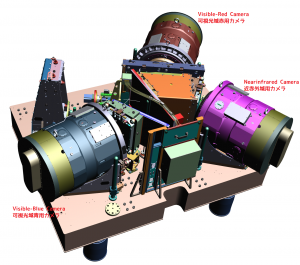At Laboratoire d’Astrophysique de Marseille (LAM), integration of the second and the third Spectrograph Modules is on-going. We are talking about the recent activities in this post.
PFS project is developing four spectrograph modules to observe about 2400 objects simultaneously. We designed the system for each module to evenly cover the field of view on the telescope’s prime focal plane (see the right photo). Individual spectrograph modules consist of 3 camera units — blue, red, and near-infrared — to obtain the spectra in a wide wavelength range in the visible and the near-infrared bands, from 380 nm to 1260 nm by a single shot.
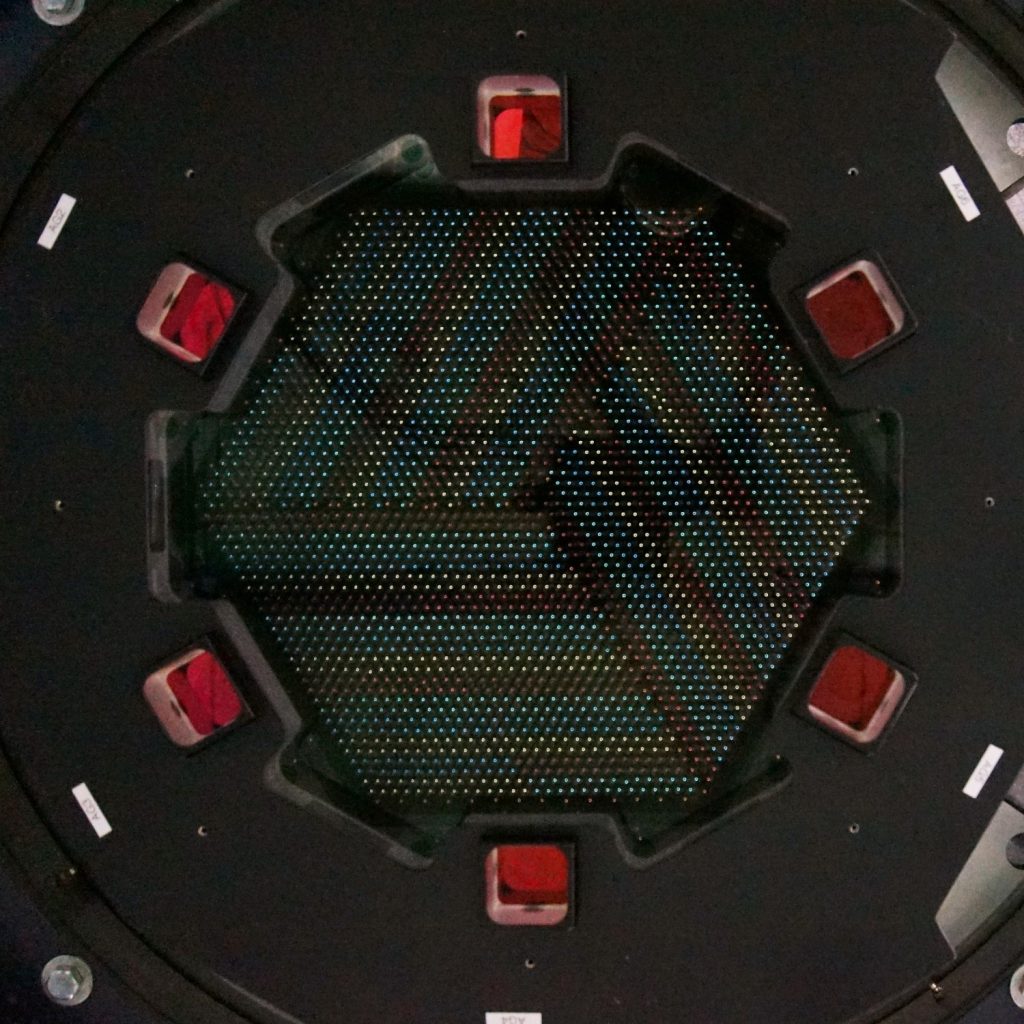
Fibers on the focal plane. 4 colors indicates each spectrograph 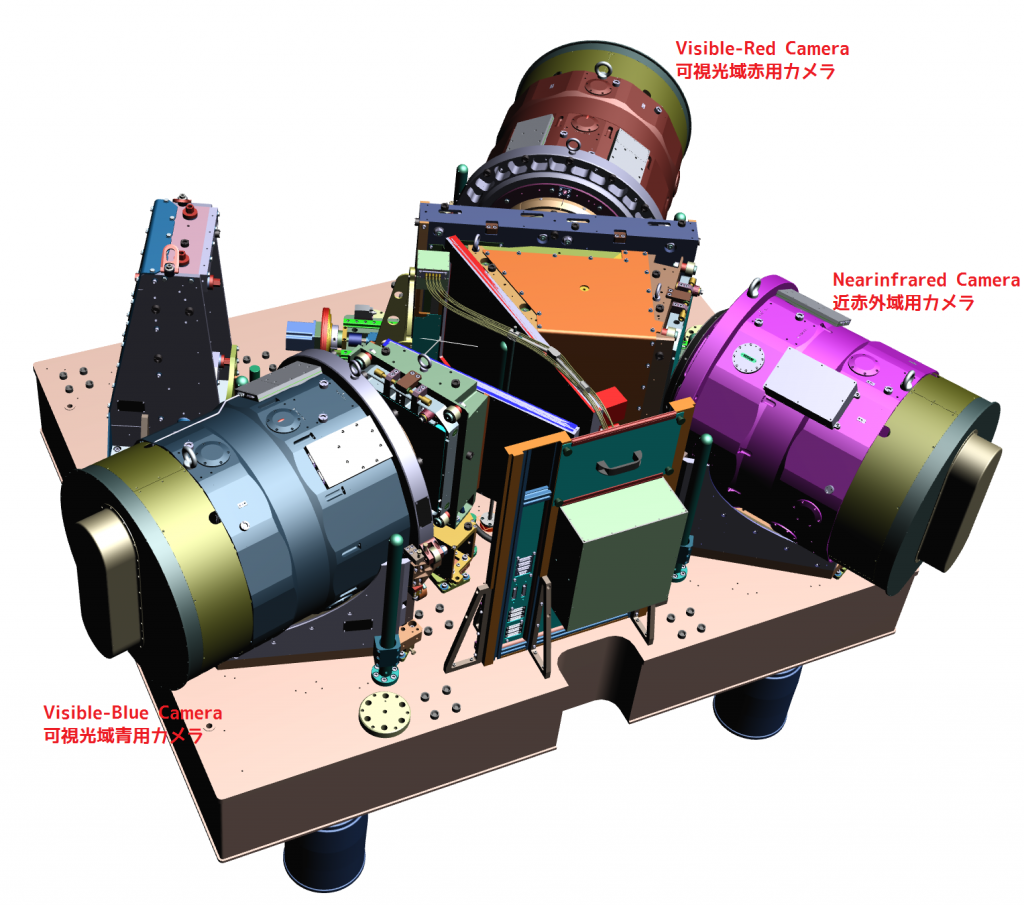
Spectrograph Module
LAM is responsible for integrating and testing the Spectrograph Modules, and is working on the second and the third modules. The spectrograph components were delivered from the Brazilian team (the fiber slit), Johns Hopkins University in the USA (cryostats and detectors), and a partner Winlight Inc. (the camera optics and other optical assemblies.) These components are integrated to the entire module, and the thermal and optical performances are tested.
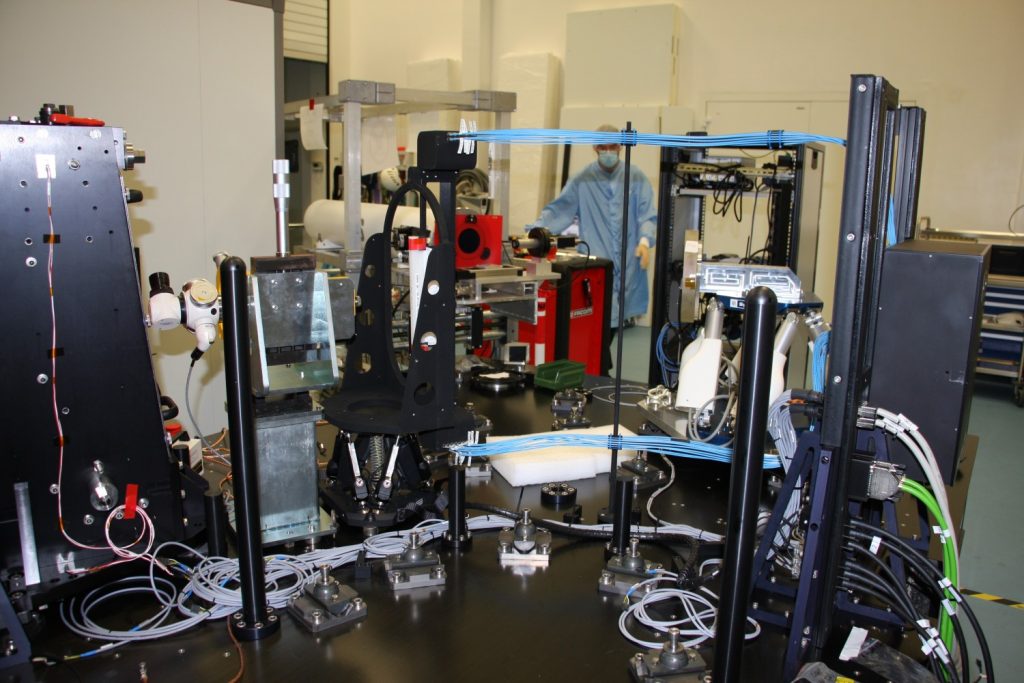
The second Spectrograph 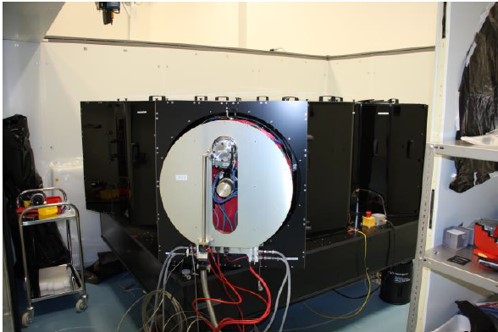
The third Spectrograph
While we were testing the image quality after integration, we found a few issues. We are fixing these issues one by one.
For instance, we found potential risk that the fiber slit will be tilted when temperature changes. Although the room temperature is controlled well at 5 degC during the observations, the control is turned off for maintenance, and environment changes very much during shipping. The slit alignment can be changed after maintenance and shipping. To prevent this, a tiny (5mm) block are added to the edge of the slit frame. Such tiny parts play important roles to achieve a good performance of the large (2.3m wide and 1.9m long) spectrograph modules.
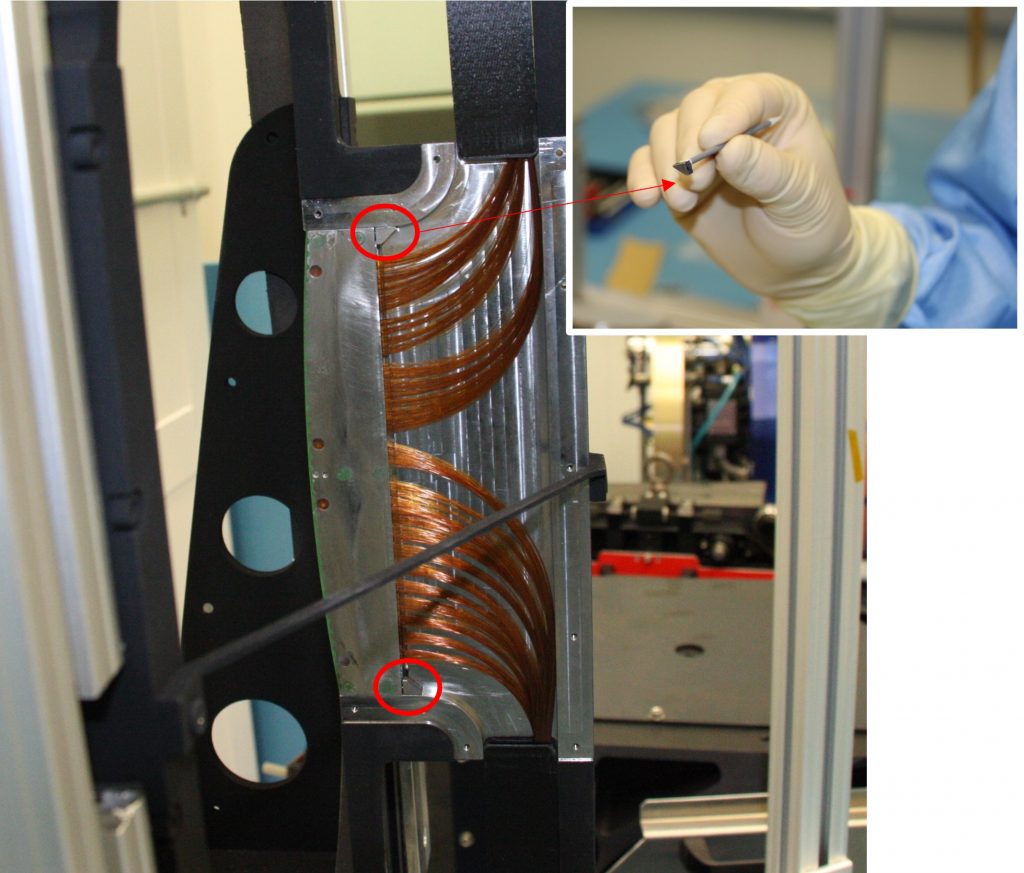
We also found defocus and tilt of the camera unit. LAM and Winlight Inc. have carried out many tests with the two modules (i.e. four camera units), and found that a possible root cause is support assembly of the detector. We are investigating this possibility by further testing to solve the issue.
It take time, but we all are making efforts to solve the issues and achieve the required performance.

